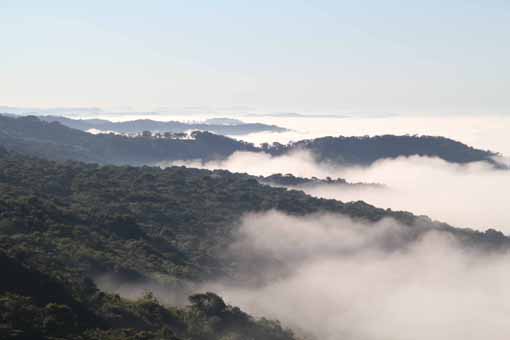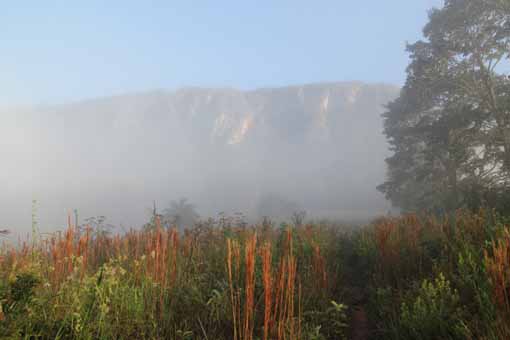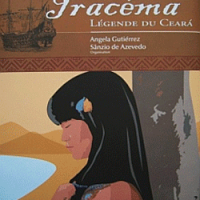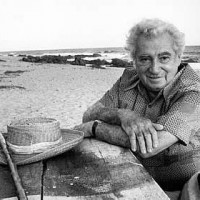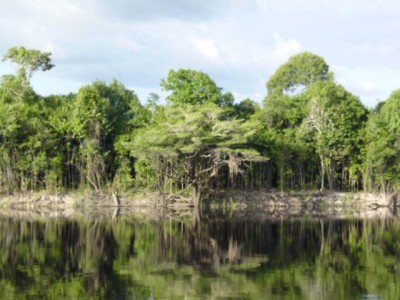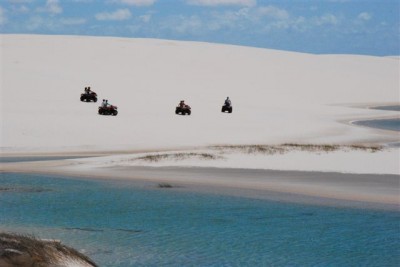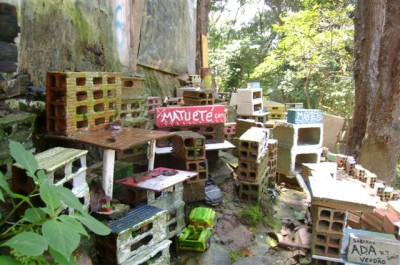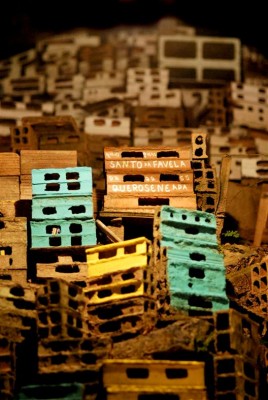It is now exactly two years since I first accompanied guests to the Xingu Indian lands – an oasis of natural and cultural preservation of the Amazon – fulfilling a personal objective and dream. See some of the pictures in the gallery to try to get a glimpse of what I was privileged to see!
The Xingu National Park, created 50 years ago by the pioneering efforts of the Villas Boas Brothers, is the home of around six thousand Indians of over thirty different tribes, who in varyingdegrees, still lead a culturally preserved way of life. Matueté has formed a relationship with one of the most interesting of these tribes – the Kamayurá – and are now experimentally taking guests for a night or two with the Indians.
When I first visited, I was incredibly lucky to be there for one of the most beautiful of all their Ceremonies – the Jawari – or War Games. In this incredible twelve hour party – two tribes ‘play-fight’ each other in various different games. At the end of the Ceremony the men of one tribe dance with the women of the other tribe and then switch around, to make sure there are no hard feelings between them. I can safely say that it was one of the most beautiful and moving rituals I have ever seen.
Taking people to visit culturally preserved tribes is a controversial topic in tourism. Many argue that they should be left intact. And we believe that those that still have not been contacted (and there are around 50 or so tribes like this in Brazil) should remain like this – and thankfully this the official government policy too. But the Xingu peoples, have had regular contact with the white man for over 50 years. And the temptations to abandon tribal life and move to the cities are almost irresistible, especially for the younger people. How to prevent this is a foremost thought on any Xinguan Chief’s mind. There are many demands from the members of the tribe for the Chief to provide them with some measure of modern comforts such as diesel for their motor-boats, radios, etc.
Our partnership with the Kamayurá tribe, aims to provide an important source of income (their other sources are selling jewellery or relying on donations) to the Indians to buy whatever cannot beproduced locally and they see as important for the tribe. We are especially hopeful that this partnership will be successful and provide an interesting model for others, since the Chief of the Kamayurás understands well that Cultural preservation is possibly their most valuable asset. Providing a revenue stream to reward this seems a good idea from everyone’s perspective.
Visitation fees are kept high, and go straight to the Indians, so as to bring a reasonable income from a very limited number of visitors.
If you would like to know more about the Xingu, don’t hesitate to contact me.






